More efficient AI model collaboration, broader AI application scenarios.
Written by: Deep Tide TechFlow
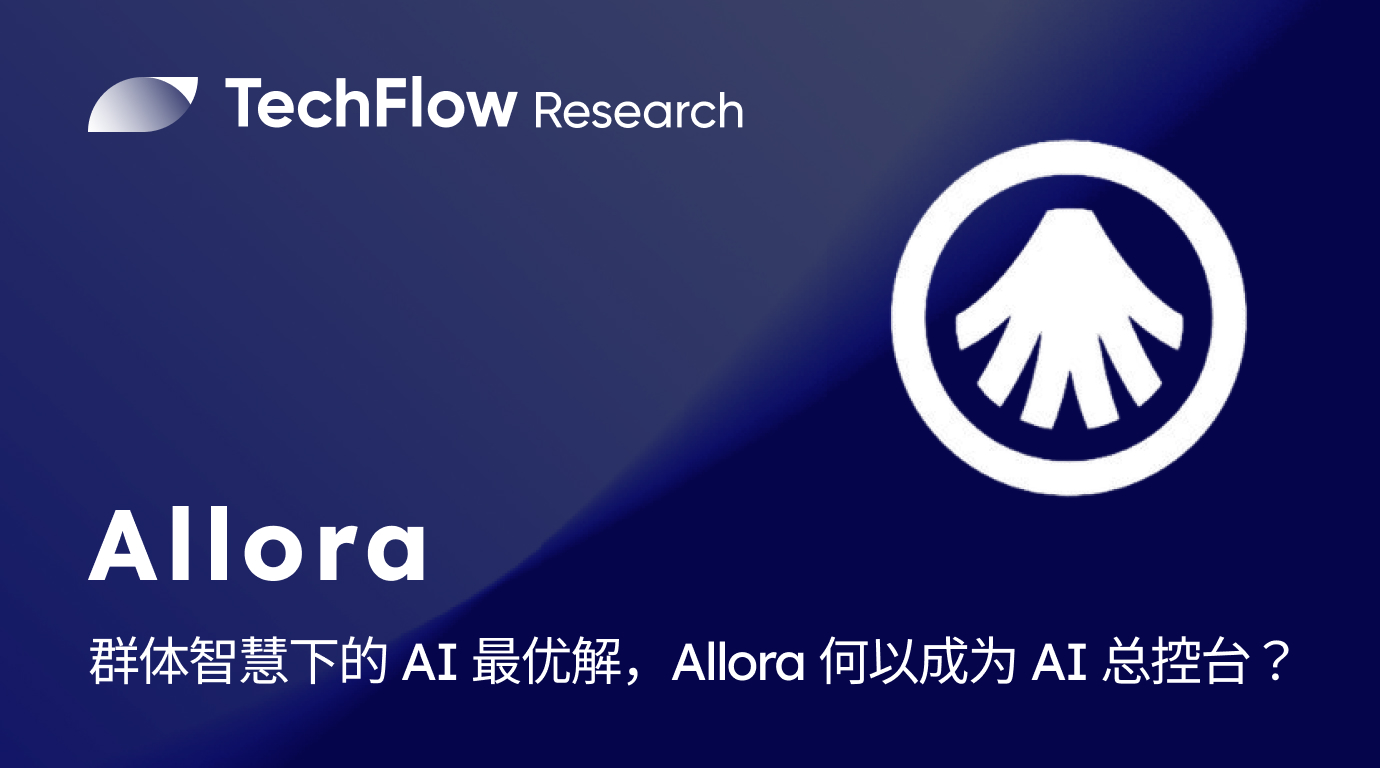
Crypto AI is infinitely approaching the "Gartner Hype Cycle" development curve:
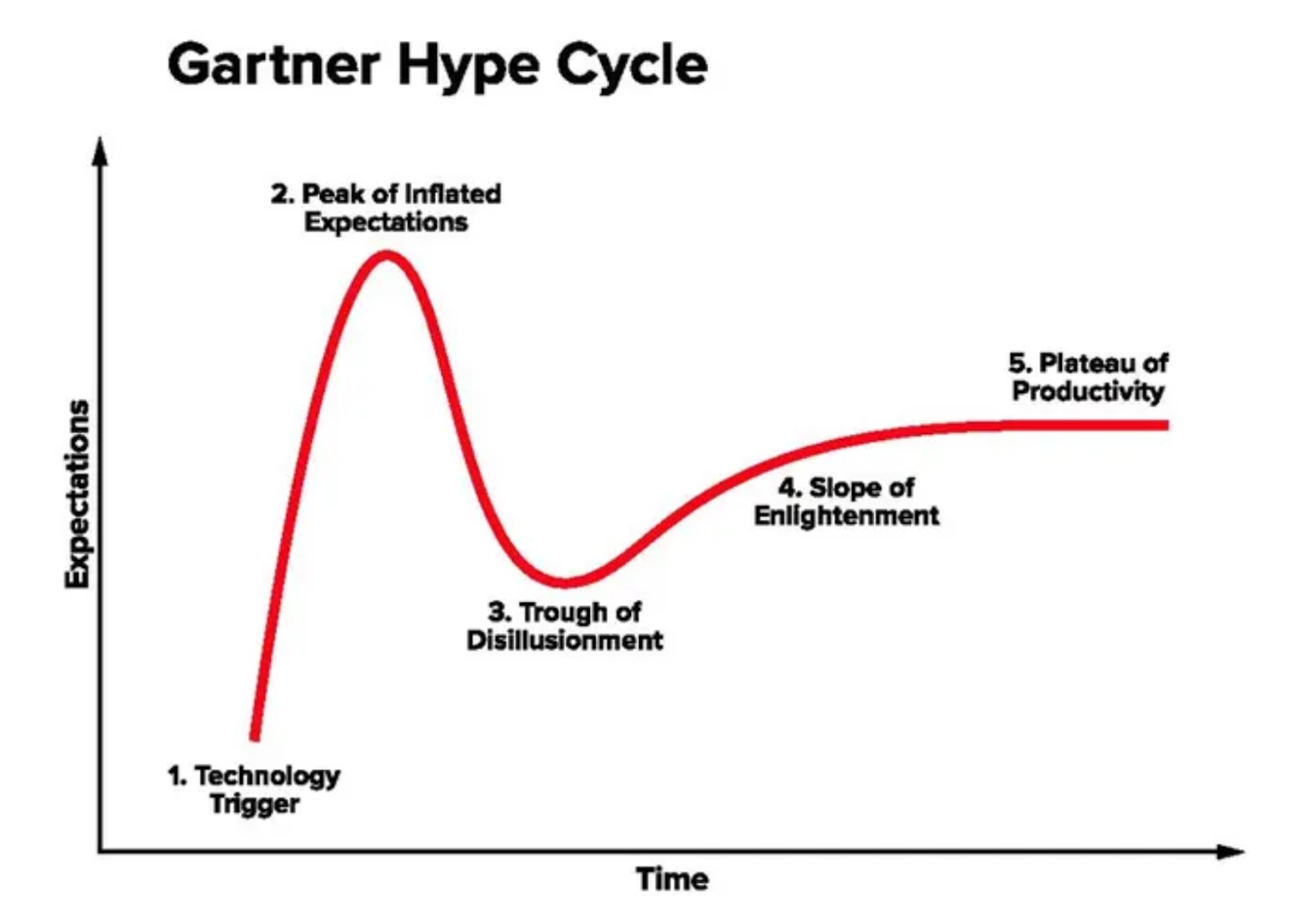
After the emergence of ChatGPT, the innovative narrative of Crypto + AI quickly gathered a lot of attention, and the arrival of GOAT further ignited market sentiment. We collectively witnessed the AI Meme Summer that unfolded in the summer of 2024, where Crypto + AI entered a peak of expectations dominated by conceptual speculation.
Subsequently, under the multiple pressures of factors such as the TRUMP Meme, Deepseek, and tariffs, the AI Meme bubble burst prematurely, leading to a significant withdrawal in the market capitalization of Crypto + AI, pushing the "high heat" market back to a brief "calm." However, the bursting of the bubble does not mean an end, but rather clears the stage for true value creators.
As Crypto + AI enters a pragmatic exploration phase for application implementation, infrastructure projects dedicated to promoting Crypto AI into the fifth stage of stable production are becoming a longer-term wealth hotspot after the AI Meme. With the mainnet and TGE entering the countdown phase, the self-improving decentralized AI network Allora Network is further coming into the public eye.
Having raised $35 million in funding, Allora Network has seen its ecosystem scale continue to expand since announcing the launch of its mainnet Beta version in February: not only has the number of Workers in the network exceeded 288,000, but it has also generated over 690 million inferences to date, and its ecological landscape has expanded into multiple fields such as DeFAI, RWA, and GameFi, increasingly highlighting its importance in empowering AI applications across various scenarios.
"Self-improvement" means stronger reasoning and judgment capabilities, more efficient intelligent decision-making systems, and more powerful complex scenario service capabilities. How does Allora achieve all of this?
As we approach the official launch of the mainnet, is Allora worth paying attention to, and how can we participate more effectively?
This article aims to explore.
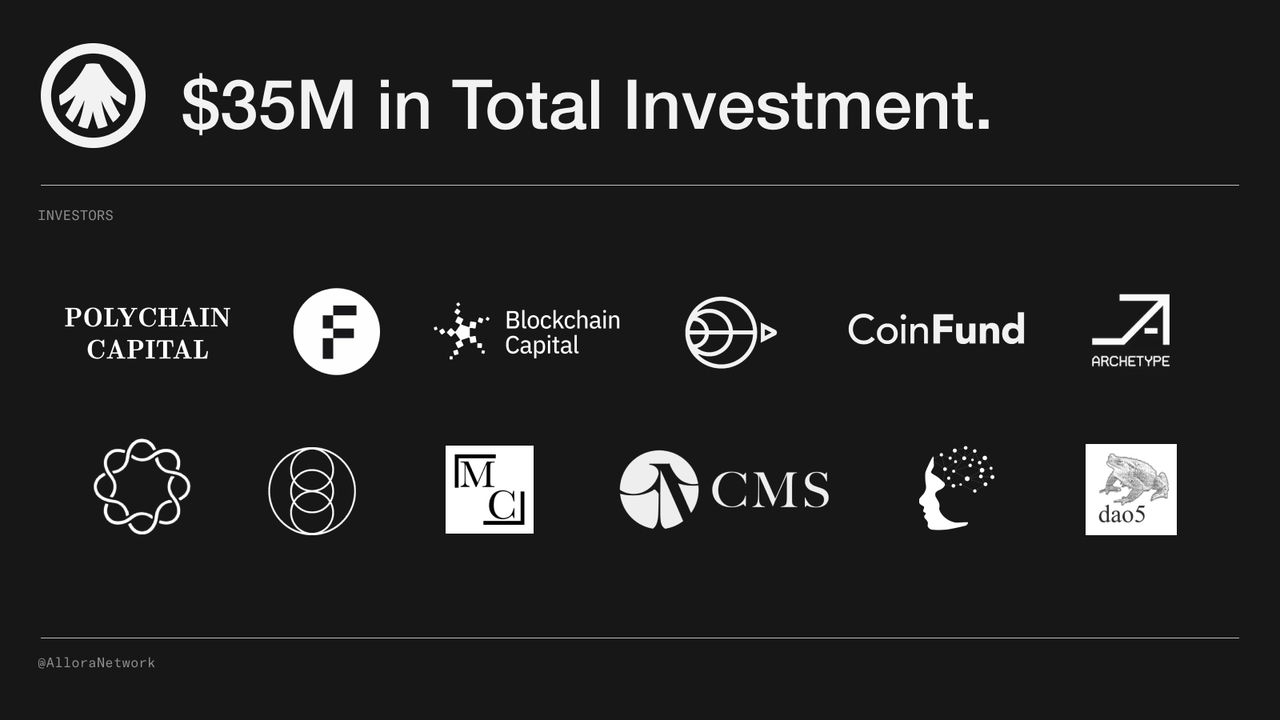
More efficient AI model collaboration, broader AI application scenarios
The AI products we are familiar with, whether it's ChatGPT, Claude, or Gemini, seem to be tirelessly striving for "universality." Everyone hopes to turn their products into an all-knowing, all-powerful AI that meets all users' needs and captures a larger market share.
However, building in isolation not only consumes time, effort, and money, but a single AI model will always have its limitations.
In contrast to the reasoning results of a single model, the synthesized reasoning results obtained through multi-AI model collaboration, as a crystallization of collective intelligence, are clearly more advantageous:
Collaboration among different models avoids the one-sidedness of output results from a single model, thus obtaining more comprehensive and accurate results; the cross-validation method of multiple models also reduces the potential errors of a single model; when facing complex problems in complex scenarios, multi-model collaboration can also provide higher flexibility and adaptability, promoting better real-world application of AI.
It can be said that closer AI collaboration brings higher-level intelligence, and higher-level intelligence grants AI broader application scenarios.
But how to achieve efficient collaboration is indeed a challenge that must be faced:
On one hand, different AI models often operate within their own closed systems, lacking a unified collaboration mechanism. This isolation makes it difficult for models to collaborate efficiently, limiting the potential of AI.
On the other hand, in the current technological and commercial environment, the incentive mechanisms to promote collaboration among AI models are still immature. How to achieve a win-win situation among different models in collaboration is an urgent problem to be solved.
At this critical stage where Crypto AI is truly transitioning from speculation to value-oriented, facing the pain points and difficulties of multi-AI model collaboration, how does Allora break the deadlock?
Empowering AI with contextual awareness, optimal solutions for AI reasoning under collective intelligence
Dual Input Weight System: Empowering AI with Contextual Awareness for More Accurate Results
In simple terms, Allora does not train any AI but acts as a dispatcher among AI models.
For example, when a user initiates a request to "predict tomorrow's weather," Allora acts like a control center, mobilizing different AIs focused on temperature, wind speed, humidity, UV intensity, and other dimensions to respond, ultimately summarizing all feedback and providing the user with an optimal result derived from collective input.
In this process, Allora Chain serves as the consensus layer, a platform for different users to participate in the network, built on the Cosmos SDK based on CometBFT and DPoS consensus mechanisms.
Facing different inference needs, Allora categorizes them through Topics. For instance, one topic can focus on predicting future asset prices, while another can focus on social sentiment analysis. Topics are managed by coordinators (Topic Coordinators), who play a crucial role in interaction and task allocation.
There are three main participants in Allora Chain:
Consumers
Workers
Reputers
Specifically:
When a consumer wants to obtain an inference result, they need to initiate a request to the network and pay a fee;
Upon receiving the request, the coordinator will create a new Topic or mobilize different Topics to complete the task based on the request;
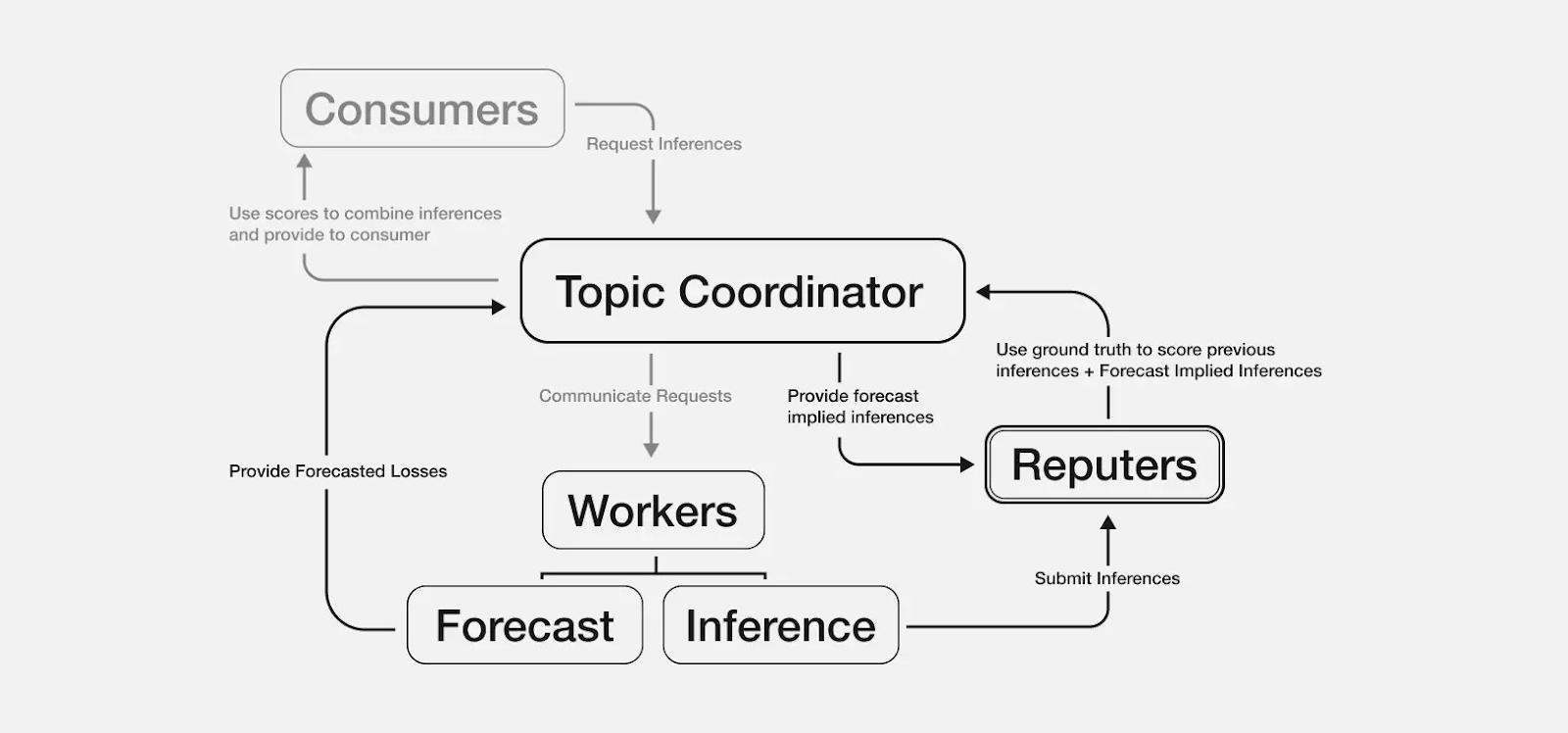
Workers need to pay a certain fee to register a Topic to become a participant in that Topic's inference. Here emerges the first important innovation of the Allora mechanism: after receiving a task, workers not only need to submit inferences based on the consumer's needs but also need to evaluate the accuracy of other workers' inferences. In simple terms, workers must submit answers and predict the accuracy of other workers' answers. This dual input system forms the basis of contextual awareness.

Around these two outputs, the coordinator will perform weighted calculations based on the different weights of workers to generate a context-aware comprehensive result, which is ultimately fed back to the consumer.
Indeed, you may have noticed that different workers have different weights, which is another important innovation of the Allora system:
Allora does not simply collect feedback from each worker for average calculation but is evaluated in real-time by reputers. If a worker can infer accurately and predict the accuracy of other workers' inferences correctly, they will receive higher rewards and greater weight.
At the same time, to ensure the accuracy of the evaluation process, reputers not only need to pay a certain fee to register a Topic but also need to invest a certain amount of tokens. If a reputer is found to be malicious, they will face the risk of asset slashing.
For example, when a user initiates a request to "predict tomorrow's weather":
Worker A has an average inference accuracy of 90% for weather predictions, but their accuracy decreases in summer.
Worker B has an average inference accuracy of 88% for weather predictions, but their accuracy increases in summer.
If it is currently summer, multiple workers predict that "Worker A has about a 10% error in summer" and simultaneously predict that "Worker B has about a 5% error in summer." Even though Worker A has a higher average inference accuracy, Allora will still assign higher weight to Worker B.
In this way, Allora can dynamically adjust the weight of each prediction based on the current environment, rather than relying on static or historical data. This context-aware collective reasoning enables Allora to provide users with fairer, more accurate outputs that can adapt to complex demands, while also laying the foundation for Allora's differentiated reward mechanism.
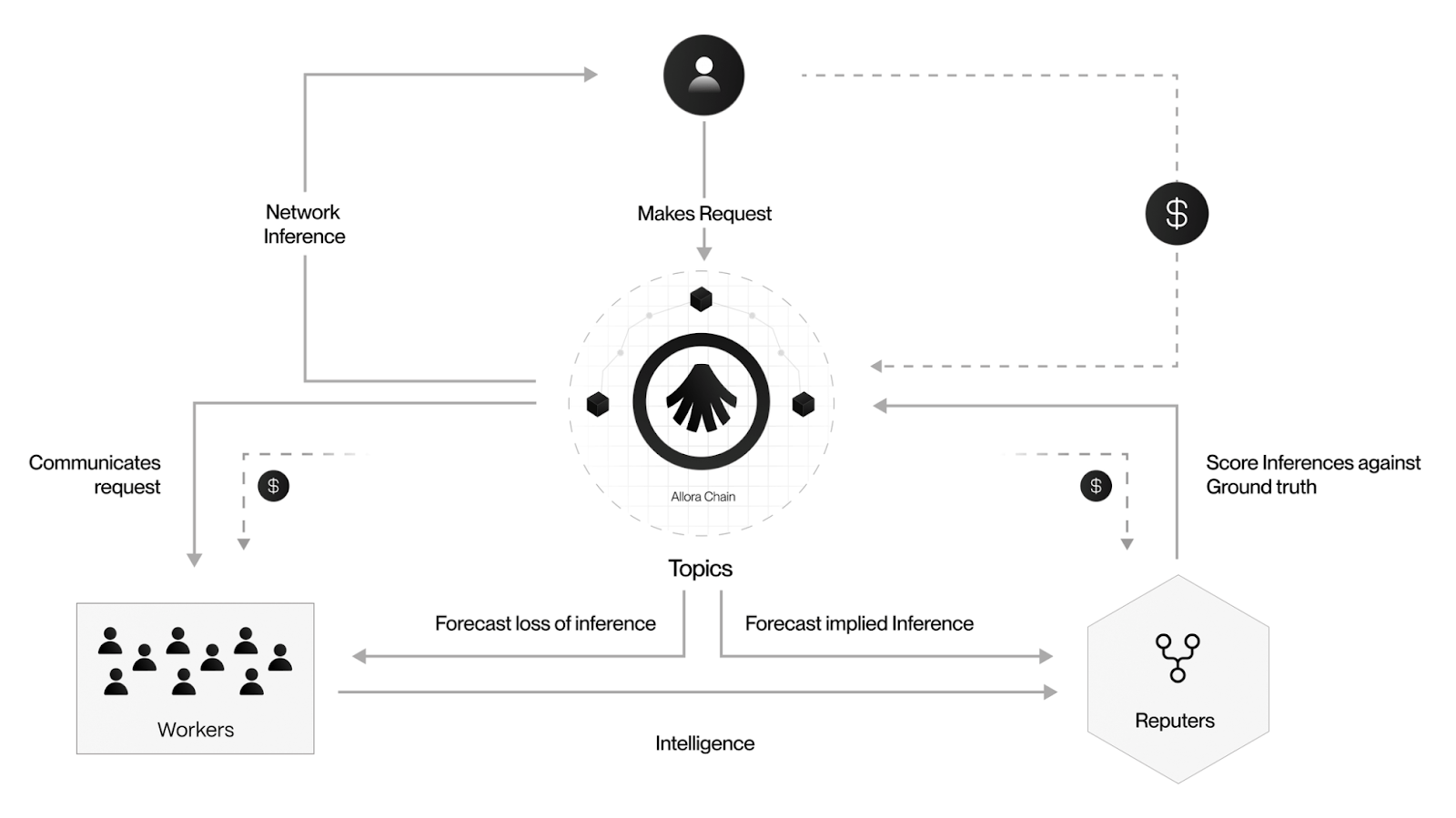
Differentiated Reward Mechanism: Empowering Every Participant in the Ecosystem
As the native token of Allora, $ALLO is the core vehicle for network incentives and has multiple utilities within the network:
Purchase inference results: Consumers use $ALLO to pay fees for more accurate inference results. Allora adopts a flexible "PWYW - Pay What You Want" model, allowing consumers to decide the $ALLO fee they wish to pay for inferences;
Pay participation fees: Use $ALLO tokens to pay for creating Topics, registering Topics, etc., to better participate in the network;
Staking: Reputers and network validators can stake $ALLO tokens to earn $ALLO staking rewards, and other token holders can delegate their tokens to reputers or network validators.
Reward payments: The network uses $ALLO tokens to pay rewards to participants. The higher the accuracy of the workers, the more generous the rewards. The rewards for reputers and network validators are proportional to their staking and consensus.
The differentiated reward mechanism, as another major innovation of Allora, provides customized incentives for different network participants based on a real-time adjusted weight system, ensuring that rewards are distributed to higher-quality contributions and maintaining peak performance of the entire operational system.
Additionally, the Allora system will also calculate the counterfactual value of "what would happen if a certain worker's input result was absent," ensuring that rewards align with the true information gain of contributions.
Building AI multi-scenario application infrastructure: From DeFAI, RWAFi to GameFi
Having discussed the product, it is even more worthwhile to talk about the ecosystem.
When it comes to the ecosystem, Allora is truly comprehensive:
From the user's perspective, Allora can provide consumers with higher quality AI services;
From the product perspective, developers can build more powerful applications based on the decentralized, self-improving ML model network and other infrastructures provided by Allora. They can deploy models on Allora to respond to user needs and earn rewards, realize the tokenization of model value, continuously enhance model capabilities, and connect existing platforms to Allora to integrate AI into their applications.
The rapid expansion of Allora's multi-track ecosystem collaborations strongly proves this point.
According to the official ecosystem page, more than 100 projects have already established partnerships with Allora, covering multiple tracks such as DeFi, RWA, GameFi, and public chains, with the ecological landscape becoming increasingly rich and complete.
Among the collaborative projects, there are well-known Web2/Web3 projects such as Monad, Berachain, Story Protocol, 0xScope, Virtuals Protocol, Eliza OS, and Alibaba Cloud.
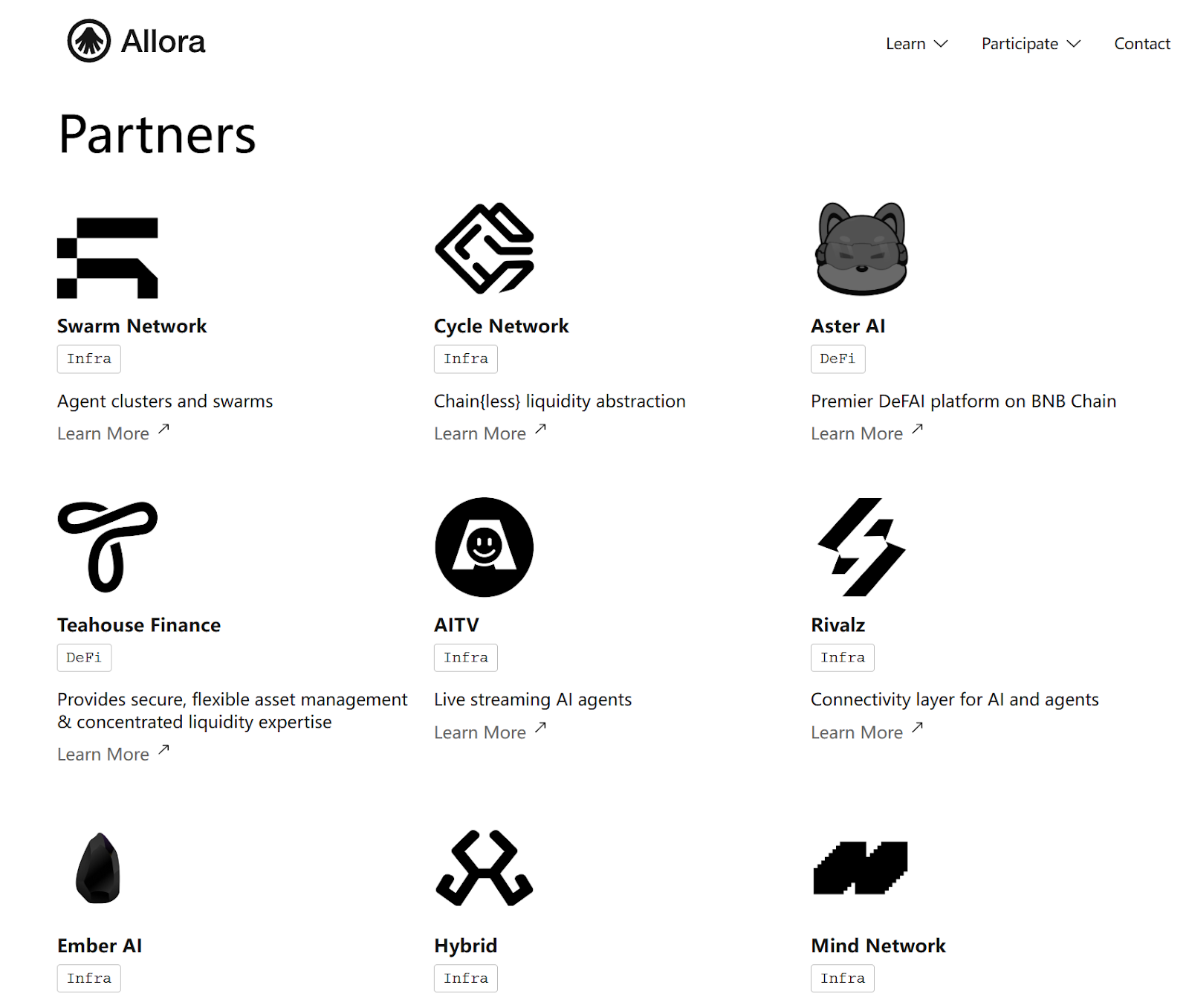
DeFAI is one of the most important segments of the Allora ecosystem. The efficient collaboration between different AI models can integrate on-chain trading data, social media sentiment, and macroeconomic indicators to achieve more accurate market trend predictions, higher-level risk management, more complex investment strategy optimization, and smarter trading strategy execution.
Previously, several projects have reached cooperation with Allora to explore more possibilities for DeFAI:
PancakeSwap announced the launch of an AI-driven prediction market on Arbitrum, supported by AI price predictions provided by Allora, allowing users to predict token price trends every 10 minutes;
Joule Finance announced the integration of Allora's advanced price prediction capabilities into its Move AI agent toolkit, enabling AI agents to execute smart leverage cycles and yield optimization strategies, further enhancing the efficiency and intelligence of the DeFAI ecosystem;
After collaborating with Allora, Drift Protocol introduced AI-driven cyclical strategies within the Agent deployed in conjunction with RoboNet, which can dynamically optimize yields, reduce risks, and adjust leverage based on predicted market conditions, aiming to provide users with more efficient and intelligent DeFi solutions.
The development team of Virtuals AI Agent Game announced a partnership with Allora Network to support Virtuals developers in utilizing Allora AI technology for trading strategies of AI Agents.
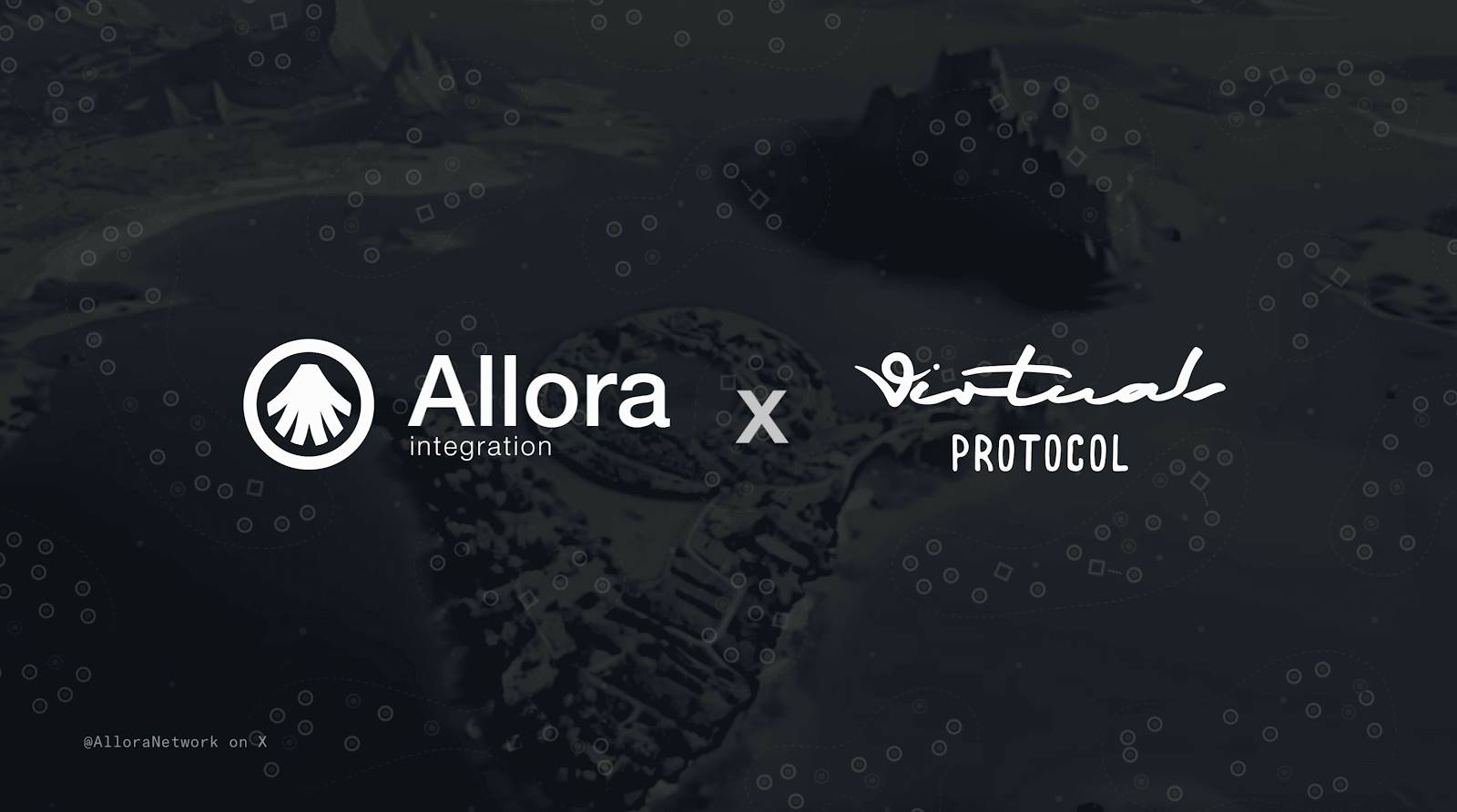
Mind Network and Allora Network jointly launched the first privacy-preserving price oracle FHE TrustPrice Index for DeFAI scenarios, ensuring that input data is not leaked, the process is verifiable, and the results are tamper-proof.
In addition, Allora announced support for DeepSeek as an AI Agent for LLM trading judgments, using Allora Network as an interaction platform to manage trades in the Hyperliquid vault, enabling smarter trading strategies.
Beyond DeFAI, Allora's self-improving decentralized AI network has strong empowering capabilities for the RWAFi track:
The core of RWAFi lies in the digitization and financialization of real-world assets, where accurate asset assessment and pricing are crucial. Multi-AI model collaboration can significantly enhance this capability.
Based on this, Allora announced a partnership with Plume, a leading project in the RWAFi track, to integrate Allora's collective intelligence network into Plume's ecosystem, providing advanced AI-driven insights for RWA valuation, pricing, and risk management for projects built on Plume. Future collaboration directions between Plume and Allora will also include real-time AI-driven valuation models for various asset classes, advanced annual percentage yield (APY) predictions using AI oversampling techniques, dynamic risk management systems with adaptive thresholds, and intelligent liquidity optimization strategies.
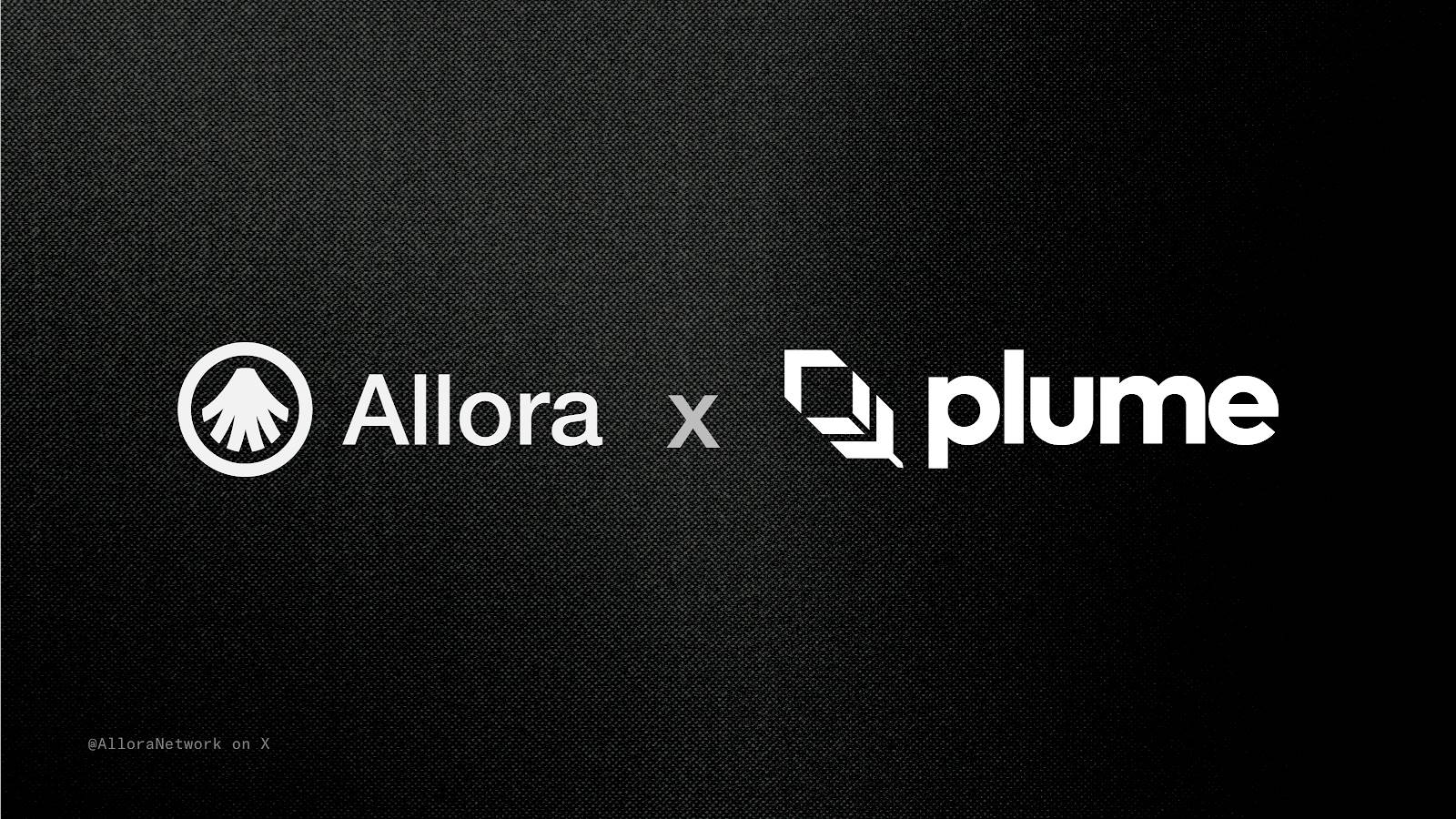
In the GameFi track, Allora also performs well:
Multi-AI model collaboration can significantly enhance the intelligence level of GameFi platforms, providing players with a more personalized gaming experience. At the same time, achieving dynamic economic balance, asset value assessment and dynamic pricing, yield optimization and distribution through multi-AI model collaboration will further strengthen the stability and security of the GameFi economic system.
The collaboration between Allora and Japanese digital entertainment company Gumi exemplifies this well, as both aim to explore how decentralized AI can reshape the future of gaming. In the future, both parties will engage in in-depth cooperation around AI-driven reasoning for games, intelligent in-game agents, and AI-driven anti-cheat systems.
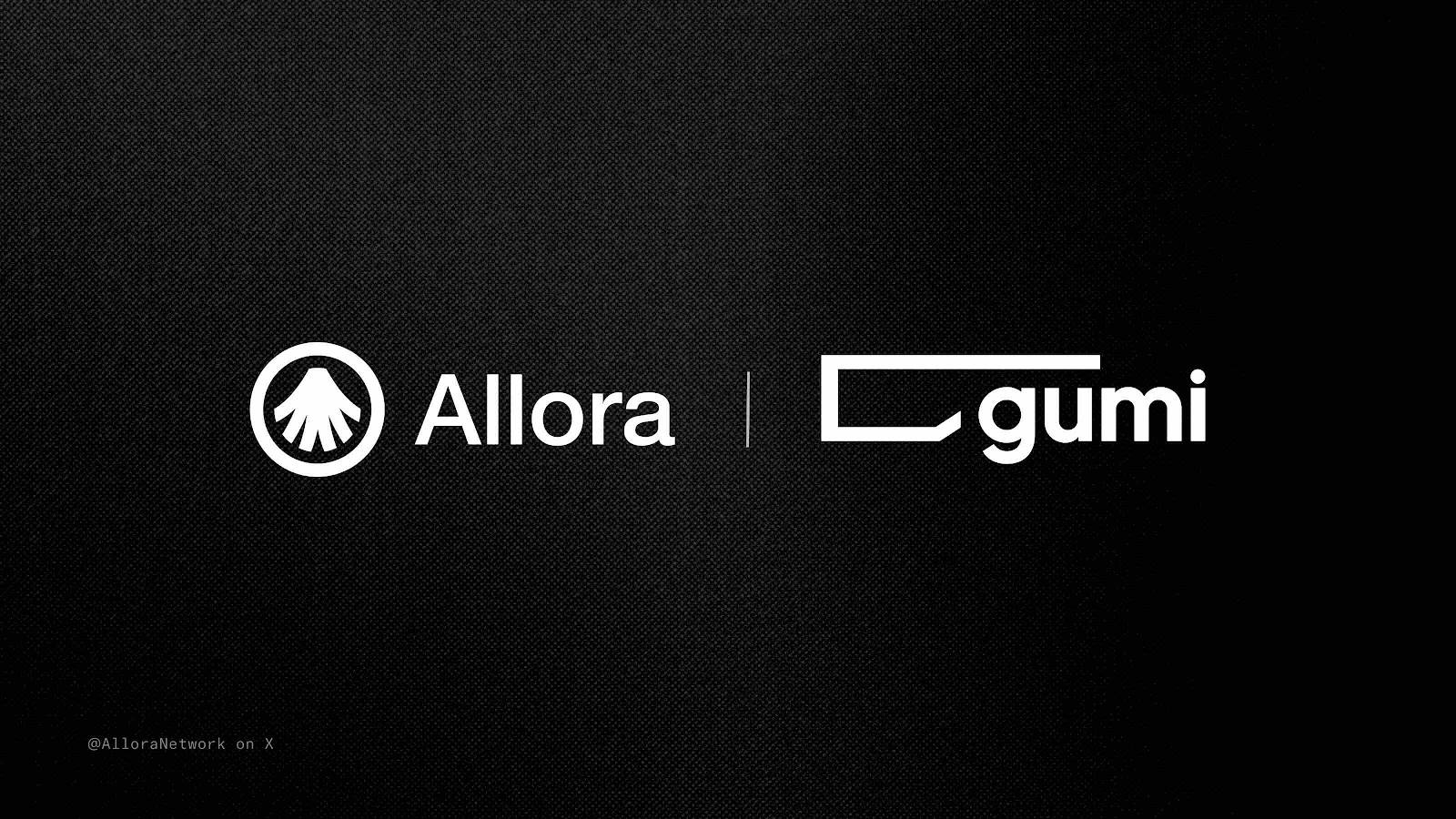
When viewing Allora's application scenarios from the perspective of the AI narrative, you will find that Allora's self-improving decentralized AI network empowers Allora as an AI infrastructure, driving the strong capability of AI towards practical applications across multiple scenarios.
Theoretically, more accurate reasoning results lead to smarter AI, endowing AI with powerful service capabilities in various complex scenarios. As long as there is a demand for more efficient collaboration, more precise reasoning results, and higher quality AI services, Allora can provide corresponding services.
In the future, as Allora continues to strengthen its ecosystem construction and more partners join, the Allora ecological landscape will further encompass multiple sectors such as DeFi, social, and healthcare, solidifying Allora's important position as a driving infrastructure for the development of Crypto AI.
TGE + Mainnet milestone is approaching, how to participate in Allora more efficiently?
Various signs indicate that Allora is on the eve of the official mainnet launch + TGE:
On January 10, 2025, the Allora Foundation was established and an official Twitter account was opened, signaling the release of TGE;
On January 17, 2025, Allora announced the launch of the Engineer Forge competition, where Allora ML engineers will compete to build a 12-hour ETH/USD volatility prediction model, a 12-hour ETH/USDC trading volume prediction model, and a 5-minute ETH/USD price prediction model within a month, aiming to select AI model creators for the upcoming mainnet launch;
In February 2025, Allora announced the launch of the mainnet Beta version, clearly stating that this version is the last version before the mainnet goes live;
At the same time, the expanding scale of workers and the addition of heavyweight node partners also demonstrate Allora's solid preparations for the mainnet launch: Currently, Allora Network has over 55 Topics, with the number of Workers exceeding 288,000, including Bahrain telecom operator stc Bahrain and energy giant EDF Group's subsidiary Exaion, both of which have announced their participation in the Allora Network node program.

At this important moment, how can one participate in Allora more effectively?
The most discussed topic recently is the Kaito event currently being conducted by Allora.
As early as March 20, Kaito announced that Allora was selected as the next Pre-TGE project from the Yapper Launchpad.
Currently, the Allora Yapper leaderboard has been released: Users can improve their rankings by publishing quality content, interacting with KOLs, and other means. This serves as an important method for identifying core opinion leaders and supporters of the project, and users with higher rankings are likely to receive airdrop rewards in the future.
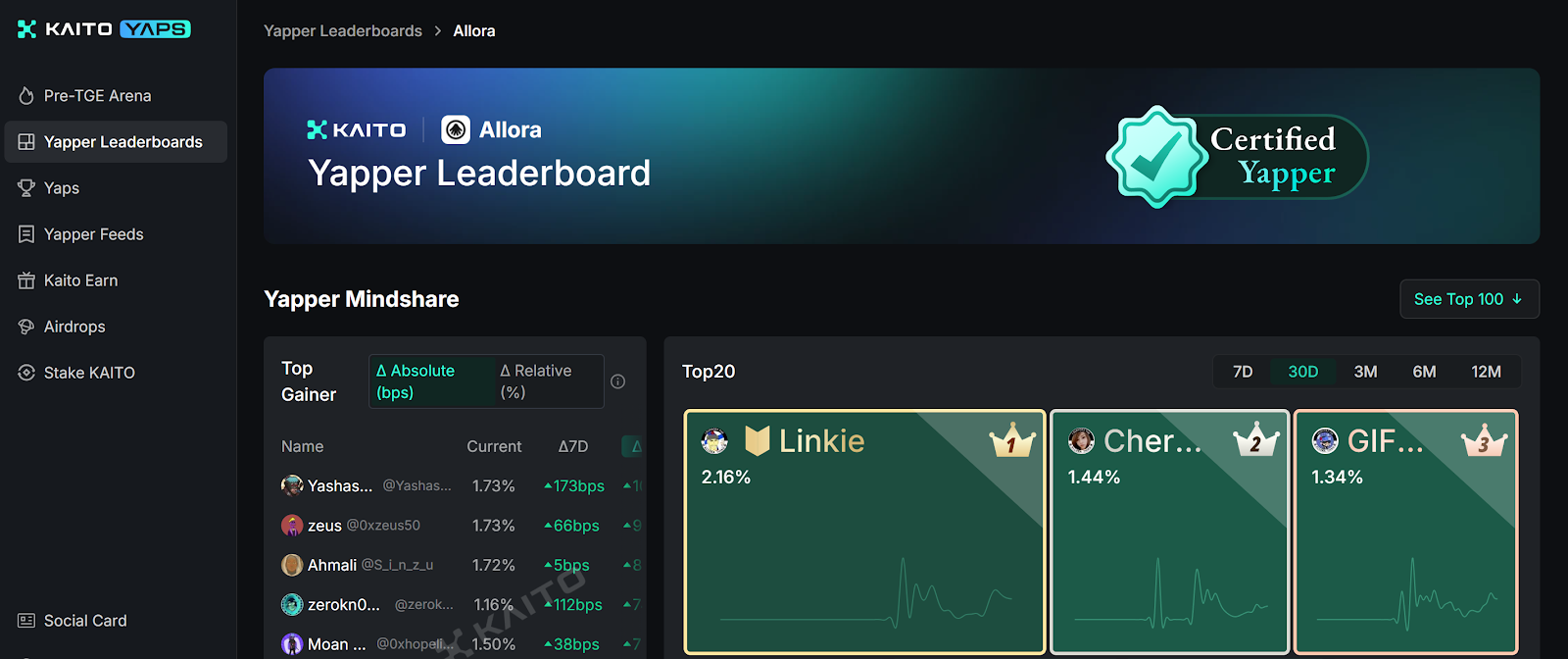
Beyond the Kaito event, the points activity is the most important way for users to accumulate airdrop chips.
According to the official documentation, users can currently earn points rewards through both on-chain and off-chain methods.
On-chain activities include:
Creating Topics: Identifying and defining specific issues or areas of interest within the network to attract other participants to develop and provide solutions.
Introducing Machine Learning Models: Adding machine learning models to the network for others to use.
Using Allora-supported applications: Participating in applications and services that utilize Allora's machine intelligence capabilities.
Off-chain activities include:
Community Participation: Following Allora on Twitter, joining Discord and Telegram groups.
Participating in Community Activities: Engaging in selected community activities and events to support the Allora network.
Users can connect their wallets to complete corresponding tasks through the Allora Points Program page and check their points status on the leaderboard.
Although the documentation does not explicitly state that points are linked to airdrops, the official points introduction hints that "exciting rewards are waiting for our active contributors." Implicitly, this may be the last opportunity to participate before TGE.
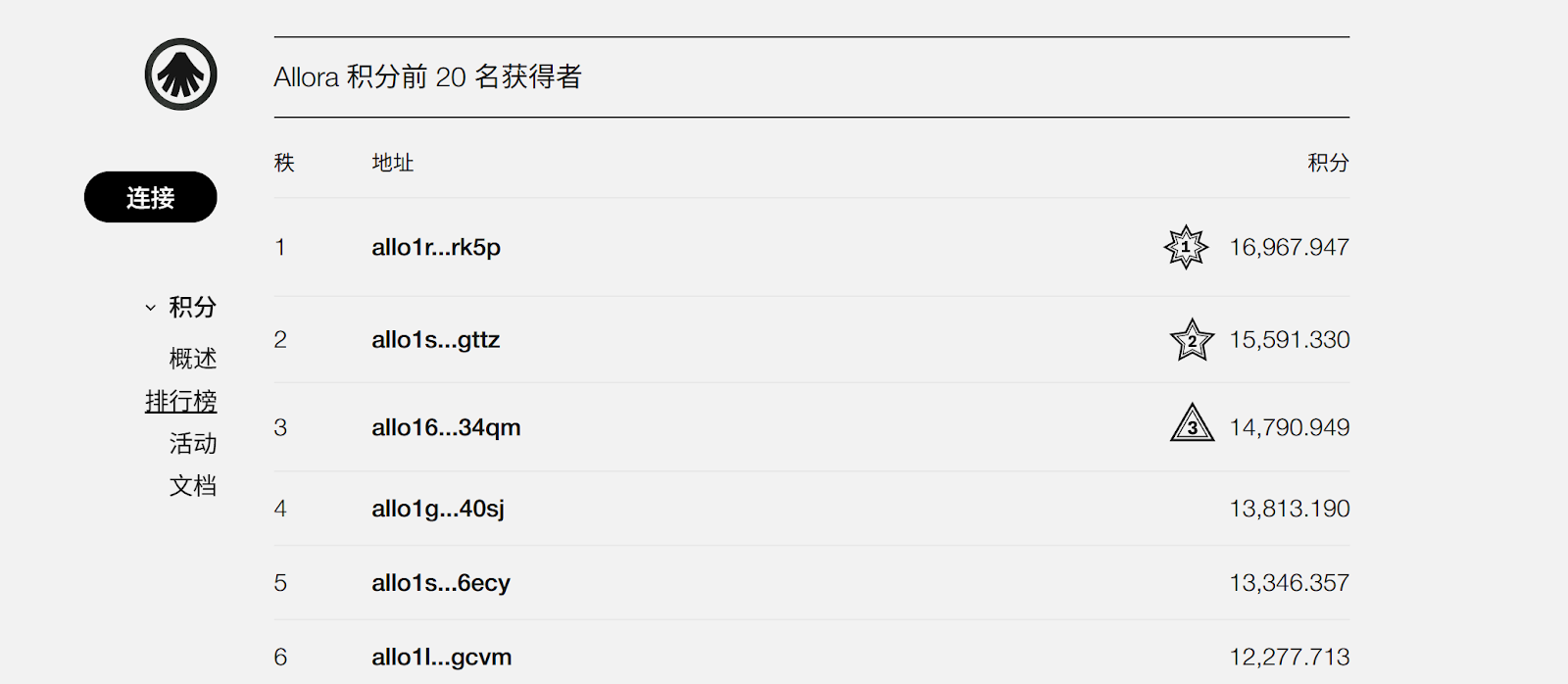
Additionally, for developers, Allora has recently launched the Allora Agent Accelerator program:
This program will gather a select group of Agent teams, some of which come from community developer applications, while others are nominated by the foundation team. The selected Agents will undergo evaluations across various dimensions, including on-chain performance, user interaction and usage, integration quality with Allora, and the overall value of the Agent. To ensure fairness, a snapshot of all participating Agents will be taken on the day the project launches, establishing an initial performance baseline, allowing different projects to have equal opportunities to showcase their value during the accelerator period.
Allora will release a real-time leaderboard every week, sharing updates on outstanding Agents, with better performers receiving higher points.
During the event: projects will receive technical support, product guidance, and community exposure from the Allora ecosystem, helping participants attract users, partners, and investors; additionally, Allora will publish a real-time leaderboard of participating projects every week, sharing updates on outstanding Agents, with better performers receiving higher points; after the event concludes, the best-performing Agents will receive ALLO token funding.
The entire program lasts for 6 weeks, aiming to discover, refine, and amplify those intelligent Agents that demonstrate significant results and deep integration within the Allora network, reserving excellent talent and products for the prosperous development of the Allora ecosystem.
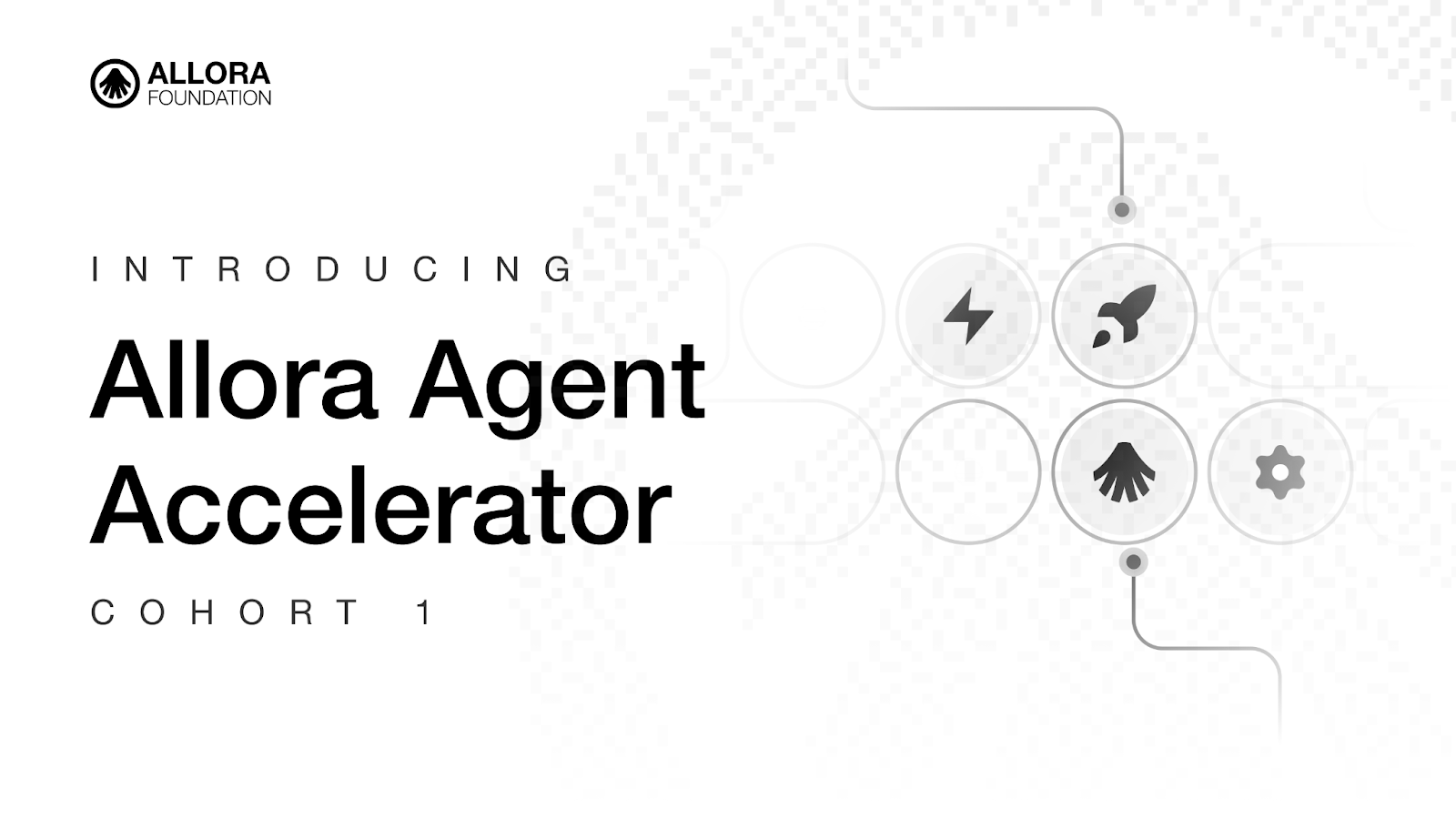
Conclusion
Following the "Gartner Hype Cycle," we are at a critical juncture where Crypto AI is transitioning from hype to rationality, achieving a buildup of potential.
As a self-improving decentralized AI network project, Allora not only possesses a solid technical foundation that enables more accurate reasoning results through multi-AI model collaboration but also demonstrates a strong capability to drive Crypto AI towards practicality through its impressive performances in various fields such as DeFAI, RWAFi, and GameFi. With more users and developers joining the ecosystem, will Allora truly develop into an AI control center in the future, harnessing the collective intelligence of AI to drive a significant explosion in AI practicality?
In the ongoing recovery of Crypto AI, as TGE and the mainnet approach, let us witness Allora's subsequent performance in this wave of AI trends.
免责声明:本文章仅代表作者个人观点,不代表本平台的立场和观点。本文章仅供信息分享,不构成对任何人的任何投资建议。用户与作者之间的任何争议,与本平台无关。如网页中刊载的文章或图片涉及侵权,请提供相关的权利证明和身份证明发送邮件到support@aicoin.com,本平台相关工作人员将会进行核查。




